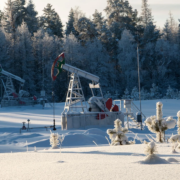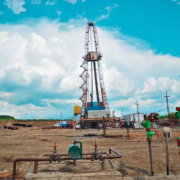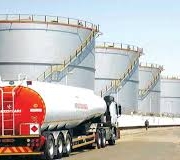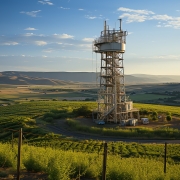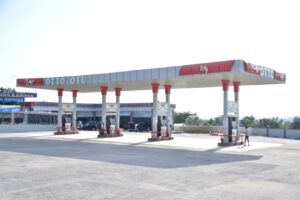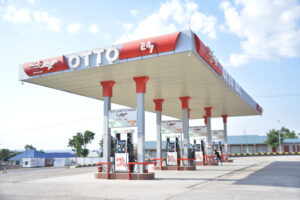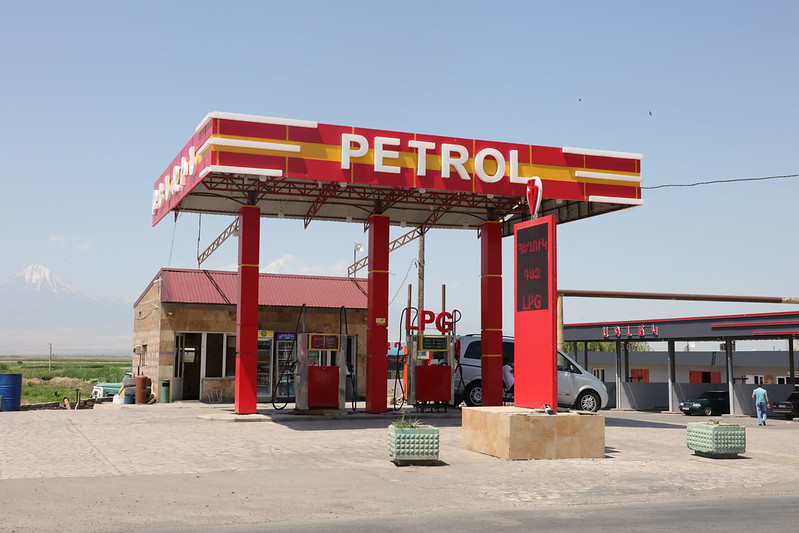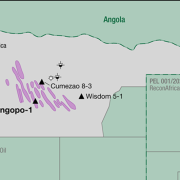Table of Contents
- How the Oil and Gas Supply Chain Really Works
- Understanding Tanzania’s Downstream Petroleum Product Market
- Top Petroleum Products in Tanzania
- Key Activities in Tanzania’s Downstream Sector
– Importation
– Storage
– Transportation
- Marketing Channels in the Downstream Sub-sector
– Wholesale Activities
– Retail Activities
- Regulatory Frameworks in Tanzania’s Oil and Gas Industry
- Investment Opportunities in Tanzania’s Petroleum Sector
– Bulk Petroleum Operations
– Hospitality Services
– Petroleum/Fuel Transportation and Logistics Services
– Wholesale Petroleum Products
– LPG Refilling Plant
– LPG Bulk Trucks/Tankers Investment
– LPG Storage Plant
– LPG Distribution Business
How the Oil and Gas Supply Chain Really Works
Most People Don’t Get It: The Oil and Gas Supply Chain Explained!
The oil and gas industry is divided into three main sub-sectors: upstream, midstream, and downstream. Each plays a unique role in bringing energy from the ground to your gas tank.
- Upstream: This is all about finding and extracting oil and gas. Think of them as the treasure hunters of the energy world, often called exploration and production companies.
- Midstream: These guys handle transportation and storage. They get the oil and gas from the extraction sites to where it can be processed.
- Downstream: This covers everything from refining to marketing and distributing the final products like gasoline, diesel, and other petroleum-based goods.
Understanding Tanzania’s Downstream Petroleum Product Market: What’s Happening in Tanzania’s Petroleum Market?
In Tanzania, the downstream market focuses on three main activities: importing, storing, and distributing petroleum products like diesel, petrol, kerosene, LPG (liquefied petroleum gas), and lubricants. This sector ensures that these products are available where and when they are needed.
Top Petroleum Products in Tanzania: Diesel Is King! Here’s What’s Hot in Tanzania’s Petroleum Market.
Diesel tops the list as the most consumed petroleum product in Tanzania. According to EWURA, diesel consumption shot up by 7% in 2018. Lubricants and LPG are also in high demand, while kerosene and heavy fuel oil are seeing a decline due to the rise of alternative power sources like natural gas.
Key Activities in Tanzania’s Downstream Sector
Importation: Where Does Tanzania Get Its Oil?
Tanzania is rich in natural gas but doesn’t produce oil. All petroleum products are imported, primarily through the Dar es Salaam port. These imports are then distributed locally and to neighboring countries like Rwanda, Burundi, DRC Congo, and Uganda.
Storage: Keeping the Oil Safe and Ready
Storage facilities in Tanzania are owned by oil marketing companies (OMCs) and the Tanzania International Petroleum Reserves Limited (TIPER). Access to these facilities is regulated, ensuring security and efficiency in storage operations.
Transportation: Getting Petroleum Products to You
While there are various methods to transport petroleum products, road transportation is the most common in Tanzania. It’s not the safest, with risks like illegal product mixing, but it’s widely used.
Marketing Channels in the Downstream Sub-sector
Wholesale Activities: Selling in Bulk
These involve buying petroleum products in bulk and selling them to large customers like power plants, factories, and government agencies.
Retail Activities: Direct to Consumer
This includes selling products like diesel, kerosene, LPG, and lubricants directly to consumers through petrol stations and private shops.
Regulatory Frameworks in Tanzania’s Oil and Gas Industry: Who’s in Charge? Understanding the Rules?
The Energy Water and Utilities Regulatory Authority (EWURA) oversees Tanzania’s downstream sector. Companies must obtain licenses from EWURA to operate, ensuring compliance with industry standards and regulations.
Investment Opportunities in Tanzania’s Petroleum Sector
1.Bulk Petroleum Operations: Import, Store, Distribute
Import, store, and distribute petroleum products to both commercial customers and retail stations.
2.Hospitality Services: Storage Solutions
Provide storage services for companies that need to store petroleum products but lack facilities, charging them per cubic meter.
3.Petroleum/Fuel Transportation and Logistics Services: Road Transport
Engage in the road transport of various petroleum products across Tanzania.
4.Wholesale Petroleum Products: Selling in Bulk: Sell petroleum products like diesel and petrol in bulk.
5.LPG Refilling Plant: Meeting Regional Demand: Set up small LPG filling plants in underserved regions, capitalizing on the rapid growth in LPG demand.
6. LPG Bulk Trucks/Tankers Investment: Transportation Opportunities: Invest in bulk trucks for transporting LPG, meeting the rising demand in Tanzania and neighboring countries.
7.LPG Storage Plant: Multiple Income Streams: Build a storage plant to receive, store, and distribute LPG to commercial customers and partners, including export opportunities to landlocked countries.
8.LPG Distribution Business: Reaching Households and Businesses: Sell LPG to households and commercial customers like restaurants, leveraging the growing demand.
Ready to Invest? Tanzania’s Downstream Petroleum Market Awaits
From bulk operations to small LPG plants, the opportunities are vast and lucrative. With the right investment and strategic planning, you can tap into this growing market and reap substantial rewards.

